Crystal clear: jewellers are hypnotised by glass
The enduring appeal of glass has captivated jewellers for centuries
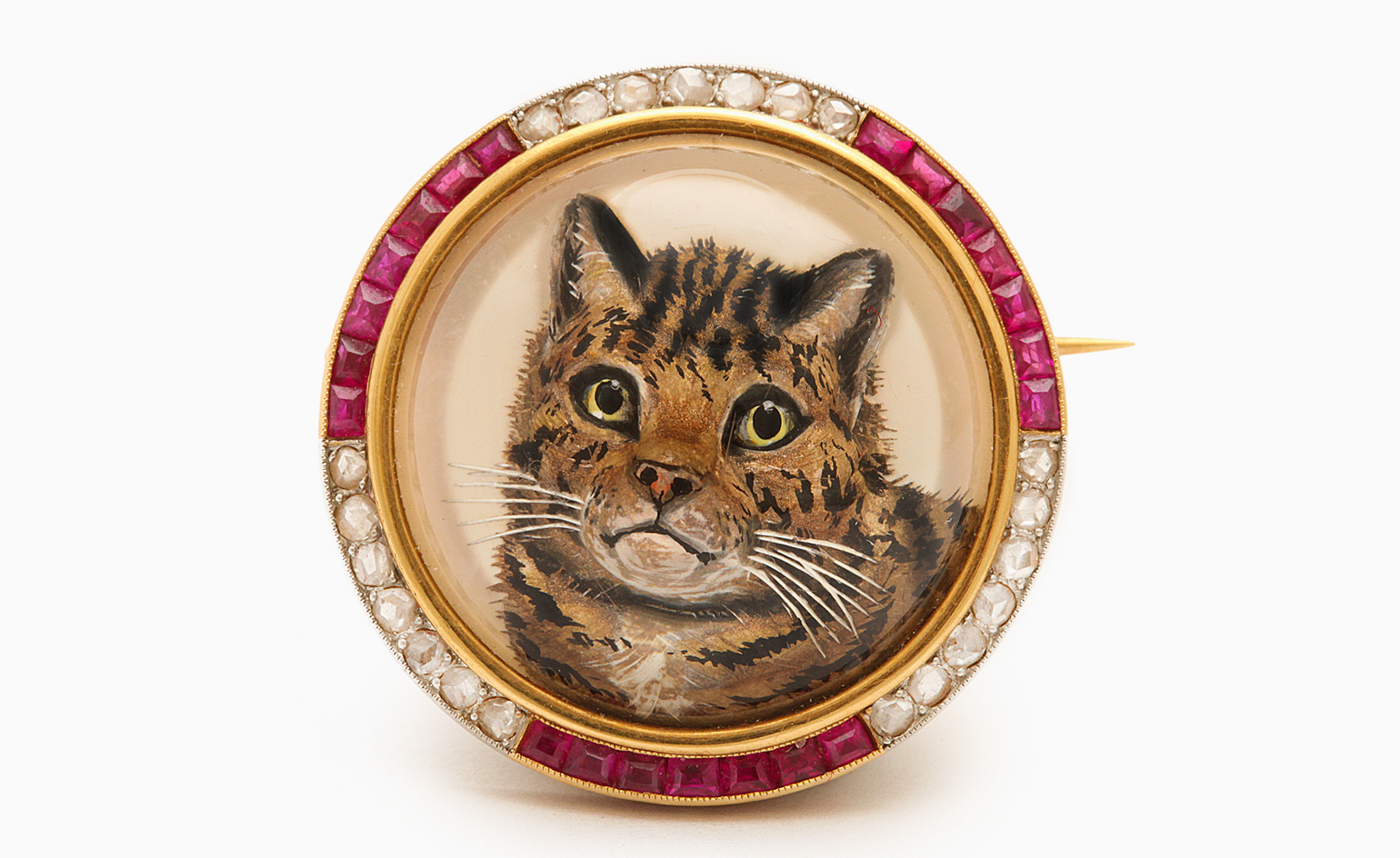
The contradictions inherent in glass have long fascinated jewellers who are drawn to the wealth of possibilities it offers. Today a sustainable alternative, glass jewellery is utilised to reduce environmental impact. Contemporary jewels draw on the rich history of glass in jewellery, its inclusion unfailingly rendering antique and new pieces alike wholly modern.
Francesca Villa at Objet d’Emotion
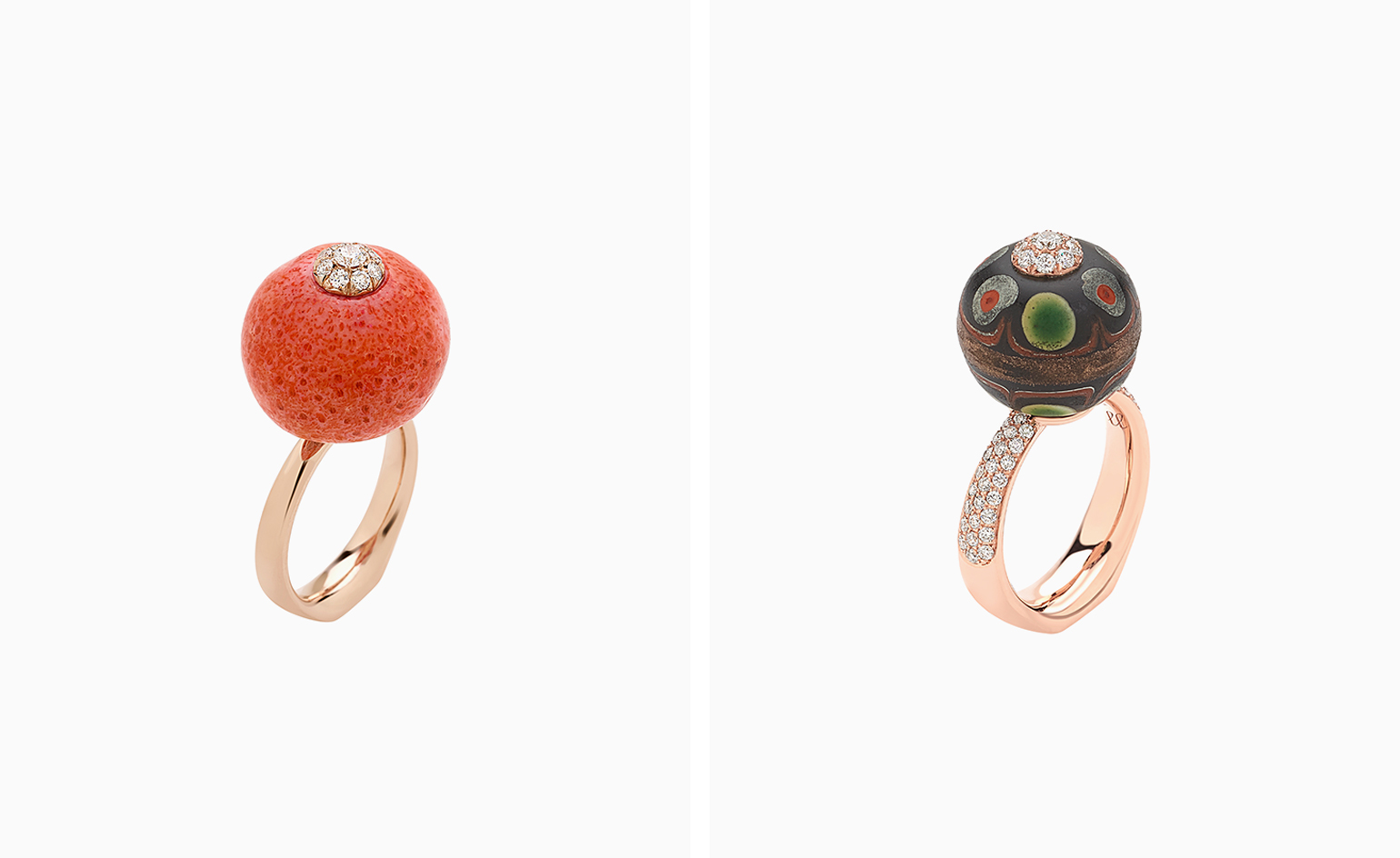
Francesca Villa delves into a historical jewellery box for her delicate rings crafted from early nineteenth century Venetian glass beads. Long prized for their beauty, glass beads were often a form of currency for tribes on the African continent who commissioned them for trade from European explorers. Francesca Villa, enticed by the unique spotted finish on the beads, uses a gold post studded with diamonds to attach a single bead to a band, creating a ring. By sculpting a flat base at the bottom of the band, she allows for the ring to stand alone, a beautiful miniature sculpture in its own right.
Annika Inez
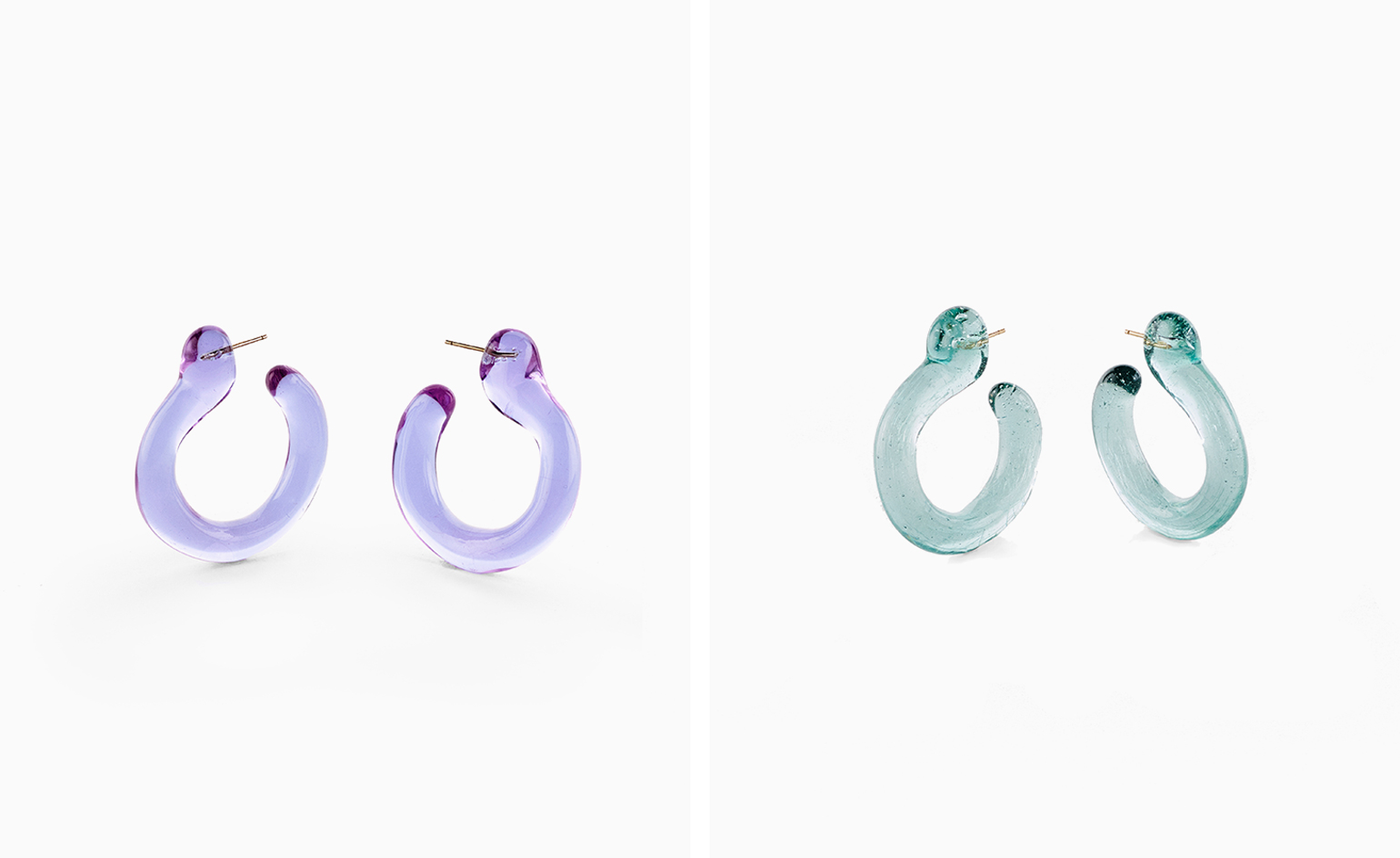
‘I am drawn to glass because of its ability to be both bold and barely there at the same time – it is both minimalist and maximalist,’ says New York-based jeweller Annika Inez. Her twisting loops of glass nod to its ability to appear frozen in time, caught between its two states of liquid and solid. ‘I love that glass is an amorphous solid,’ she says. ‘Transparent hand-shaped glass has a visual quality, looking like it might melt at any moment.’ She is inspired by Swedish artist Åsa Jungnelius, whose bold and generous silhouettes belie the apparent fragility of glass. ‘I feel there are great possibilities with glass in that traditionally it has been thought of as more of a crafty ‘hippie’ material, so there is a larger unexplored realm of art and design still available.’
A La Vieille Russie
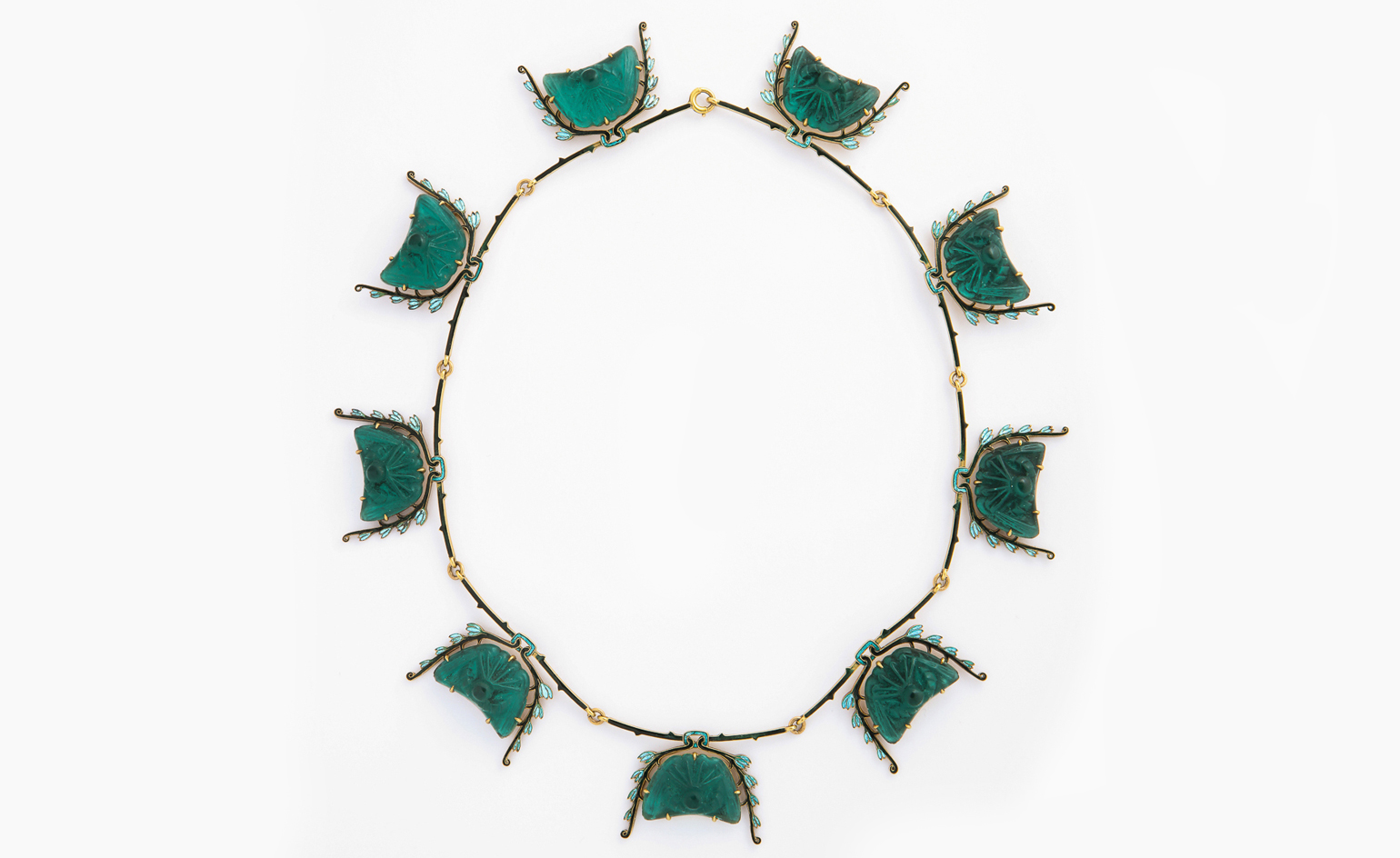
New York-based antiques dealer A La Vieille Russie have glass pieces dating back two centuries in their collection. Their jewels reflect designers’ fascinations with passing trends; many pieces, for example, are crafted from glass paste, which was favoured in the late nineteenth century by jewellers looking to emulate precious stones. Glass paste, a type of glass developed by glassmakers who experimented with lead oxide, was foiled and backed in silver, eventually becoming a desirable material in its own right. Other pieces, such as the reverse crystal cat brooch, were the result of popular yet laborious techniques. Peter Schaffer, director of A La Vieille Russie, explains: ‘First, the cabochon form is cut and ground by hand. Next, a draft in watercolour is made on the reverse, followed by scratching, and then engraving, the image into the crystal before painting. The three-dimensional effect created by this technique really brings the pieces to life.’ René Lalique was another who was fascinated by the possibilities glass could offer – pictured above are his crystal wasps linked by an enamelled vine; a tantalising mix of fragility and malevolence.
Cled

Cled’s focus on sustainable jewellery led them to an organic emphasis on glass. ‘Glass is an eco-friendly material composed of sand and is a renewable resource, which means it can be recycled endlessly without a loss of purity,’ explains founder Seulye Jo. They upcycle discarded glass bottles in a plethora of hues and patterns and curve them into any shape they desire – an abstract amorphous contour, an oval loop, a flower. ‘It's always mesmerising to see the fluid movement of glass as heat and gravity work together in the flame. This magical transition is so impressive. Glass can look like liquid when it's molten, but after it's annealed, it is rock solid like any other stone.’ By melting glass in a kiln, curves and kinks can be reshaped, smooth lines forming from sharp edges. ‘Many experiments are done with recycled glass, and discovering unexpected outcomes makes this fun and ultimately leads to new unconventional designs,’ says Seulye Jo.
INFORMATION
objetdemotion.com
annikainez.com
alvr.com
thecled.com
Receive our daily digest of inspiration, escapism and design stories from around the world direct to your inbox.
Hannah Silver is the Art, Culture, Watches & Jewellery Editor of Wallpaper*. Since joining in 2019, she has overseen offbeat art trends and conducted in-depth profiles, as well as writing and commissioning extensively across the worlds of culture and luxury. She enjoys travelling, visiting artists' studios and viewing exhibitions around the world, and has interviewed artists and designers including Maggi Hambling, William Kentridge, Jonathan Anderson, Chantal Joffe, Lubaina Himid, Tilda Swinton and Mickalene Thomas.
-
 Volvo’s quest for safety has resulted in this new, ultra-legible in-car typeface, Volvo Centum
Volvo’s quest for safety has resulted in this new, ultra-legible in-car typeface, Volvo CentumDalton Maag designs a new sans serif typeface for the Swedish carmaker, Volvo Centum, building on the brand’s strong safety ethos
-
 We asked six creative leaders to tell us their design predictions for the year ahead
We asked six creative leaders to tell us their design predictions for the year aheadWhat will be the trends shaping the design world in 2026? Six creative leaders share their creative predictions for next year, alongside some wise advice: be present, connect, embrace AI
-
 10 watch and jewellery moments that dazzled us in 2025
10 watch and jewellery moments that dazzled us in 2025From unexpected watch collaborations to eclectic materials and offbeat designs, here are the watch and jewellery moments we enjoyed this year
-
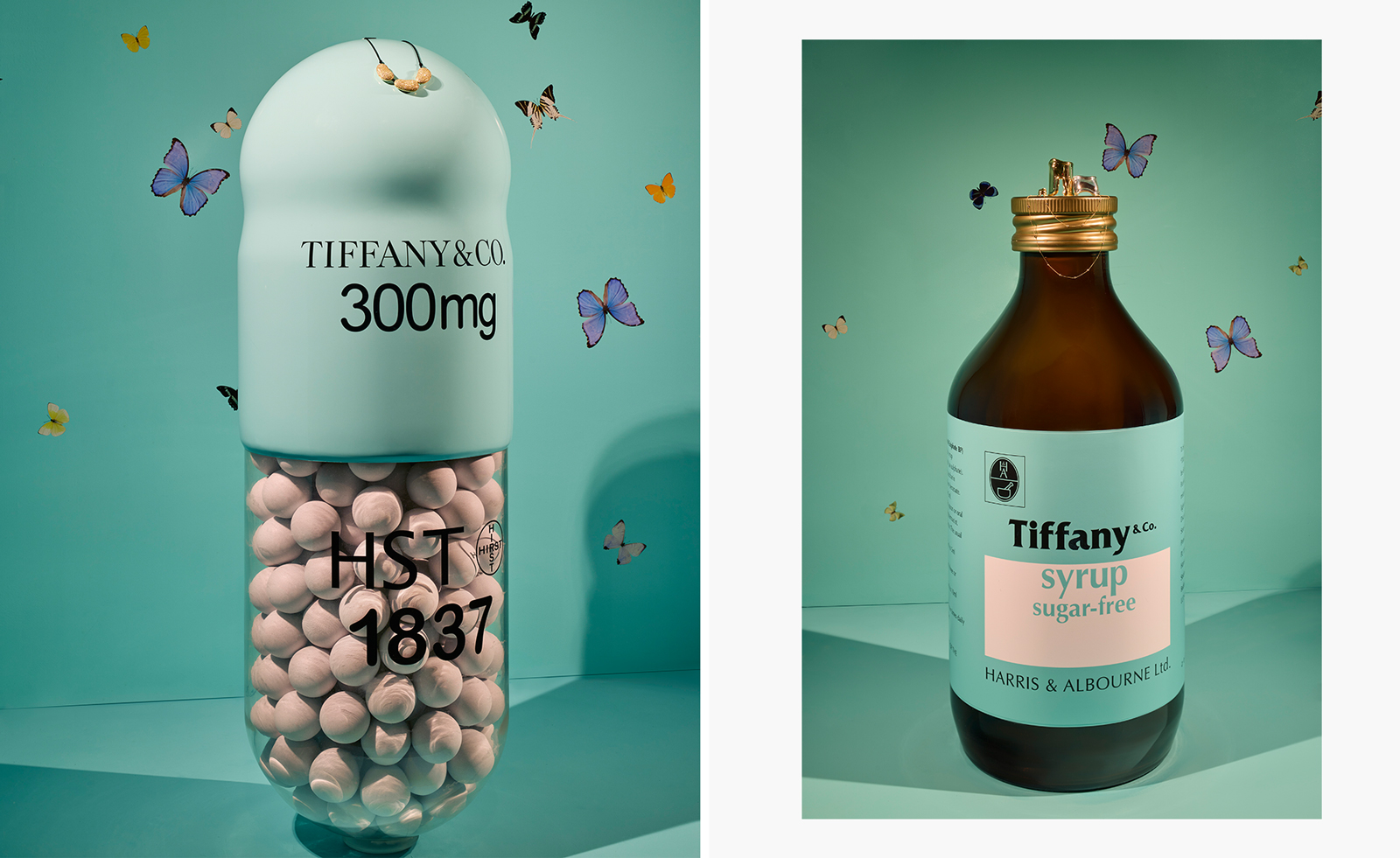 Art takes London: Tiffany & Co, Damien Hirst and artists take over Selfridges' windows
Art takes London: Tiffany & Co, Damien Hirst and artists take over Selfridges' windowsFour British contemporary artists celebrate Tiffany & Co's pioneering history with a series of storied window displays
-
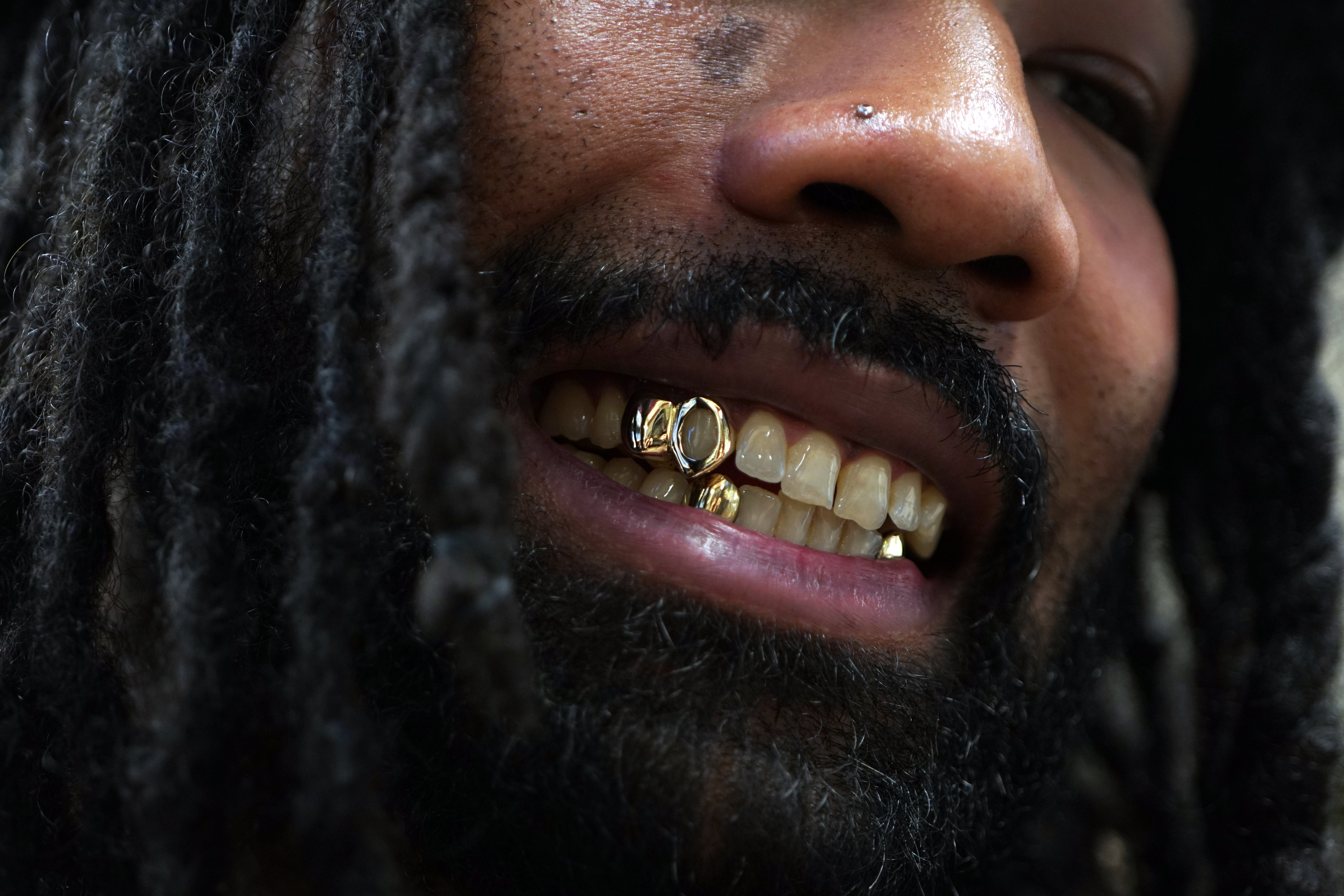 All smiles: How a grillz jewellery making class in London became an international hit
All smiles: How a grillz jewellery making class in London became an international hitWhat started as a passion project quickly exploded in popularity. We get the story behind the grillz-making workshop at Cockpit London
-
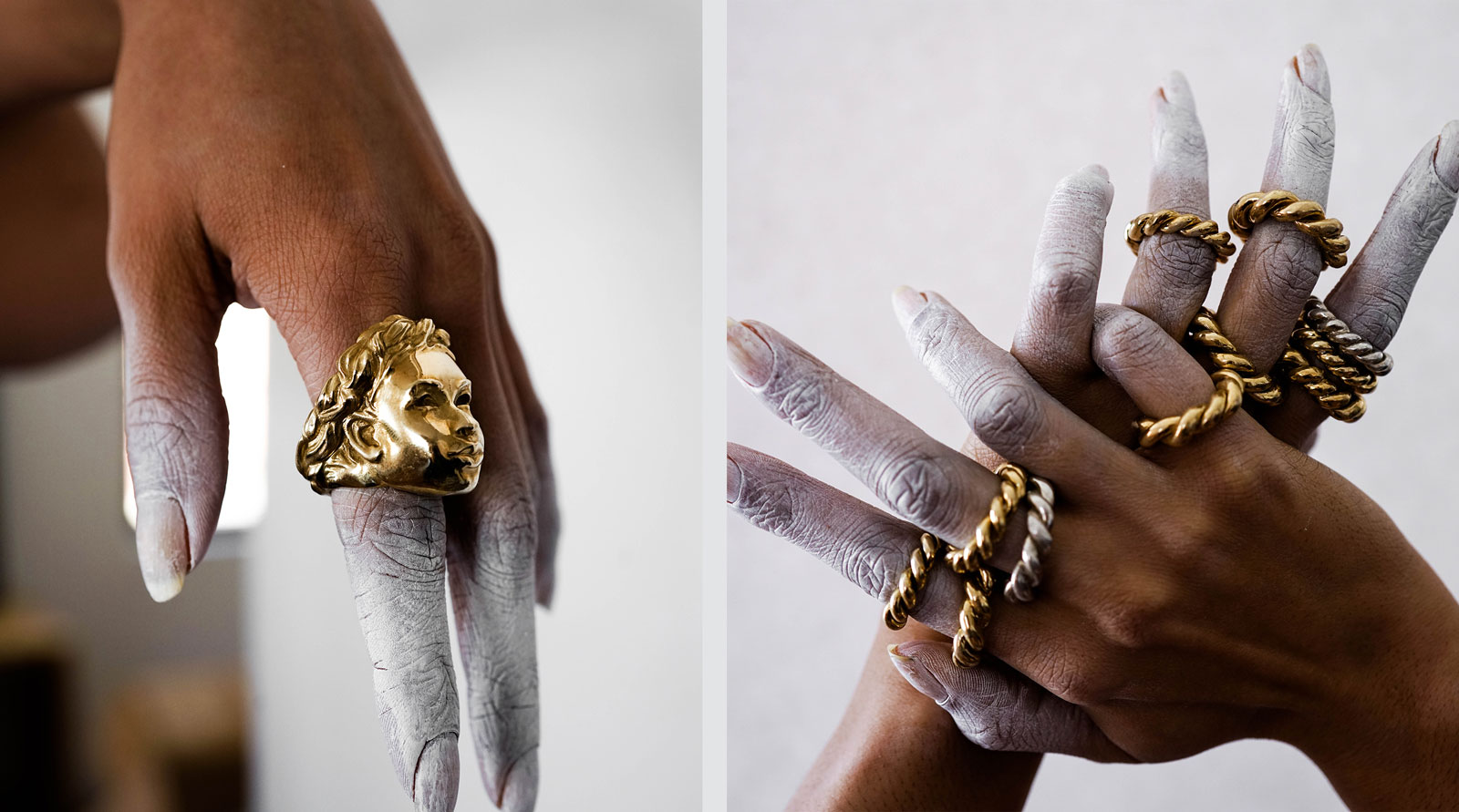 Emerging jewellery designers to get to know
Emerging jewellery designers to get to knowThese independent, new and emerging jewellery designers and brands from New York to Paris are firmly on our radar
-
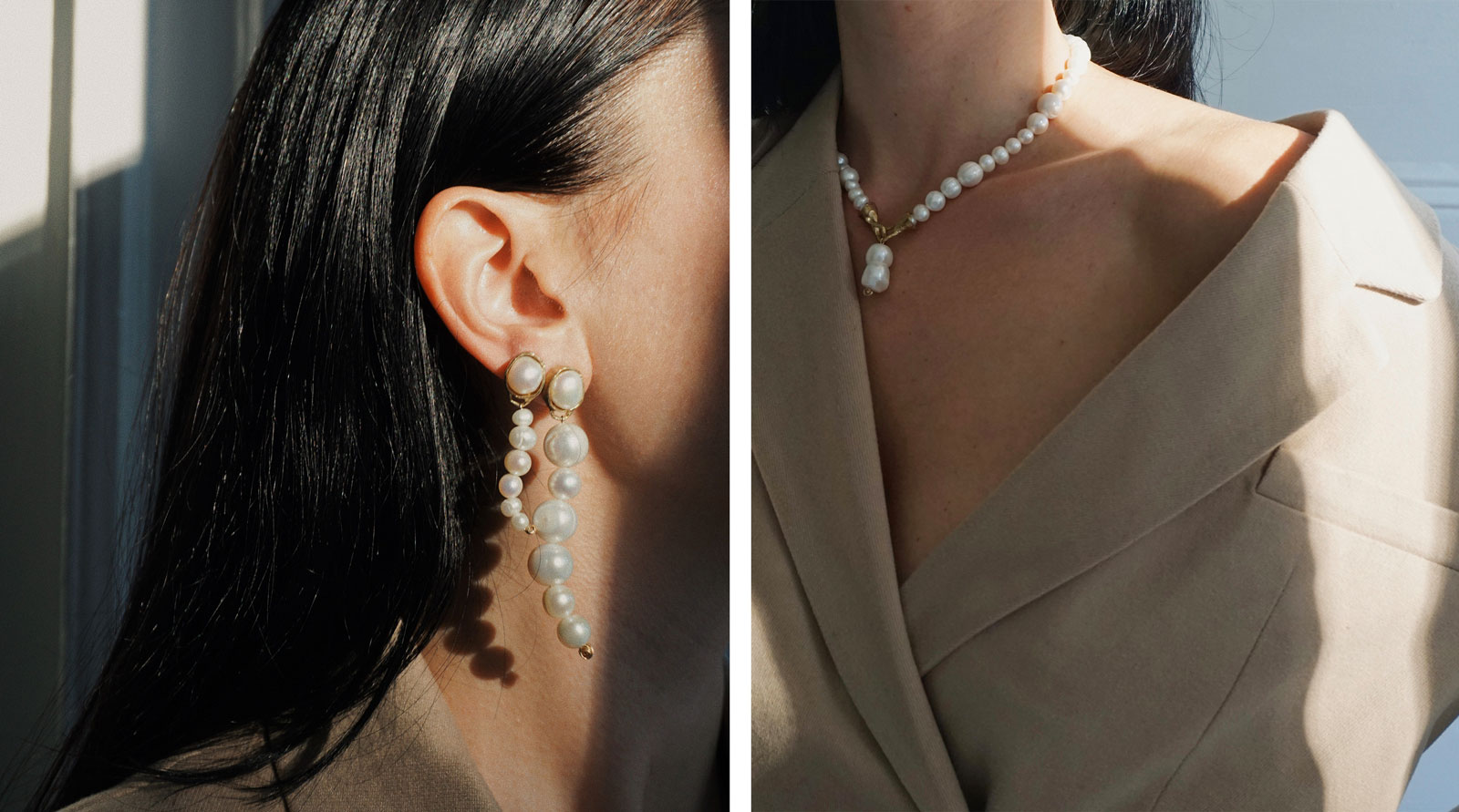 Playing it cool: pearls are having a moment
Playing it cool: pearls are having a momentWe've been deep-diving into boutiques around the world to find the very best calcium carbonate in minute crystalline form. It seems jewellers have been busy rethinking pearls, with contemporary (and often affordable) results
-
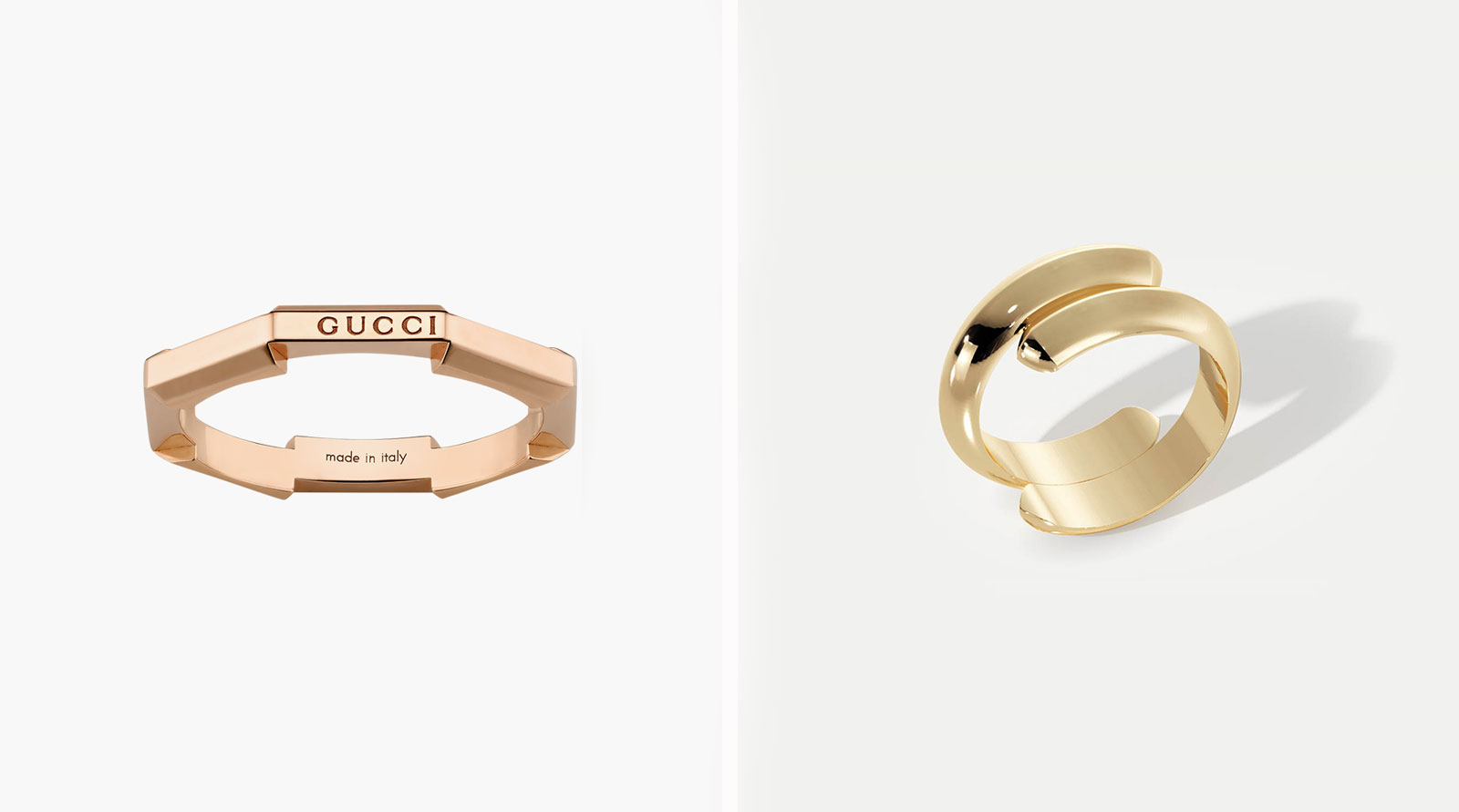 Eternity rings for the modern couple
Eternity rings for the modern coupleEternity rings, whether sleekly minimalist or sprinkled in diamonds, can be a chic and contemporary love token
-
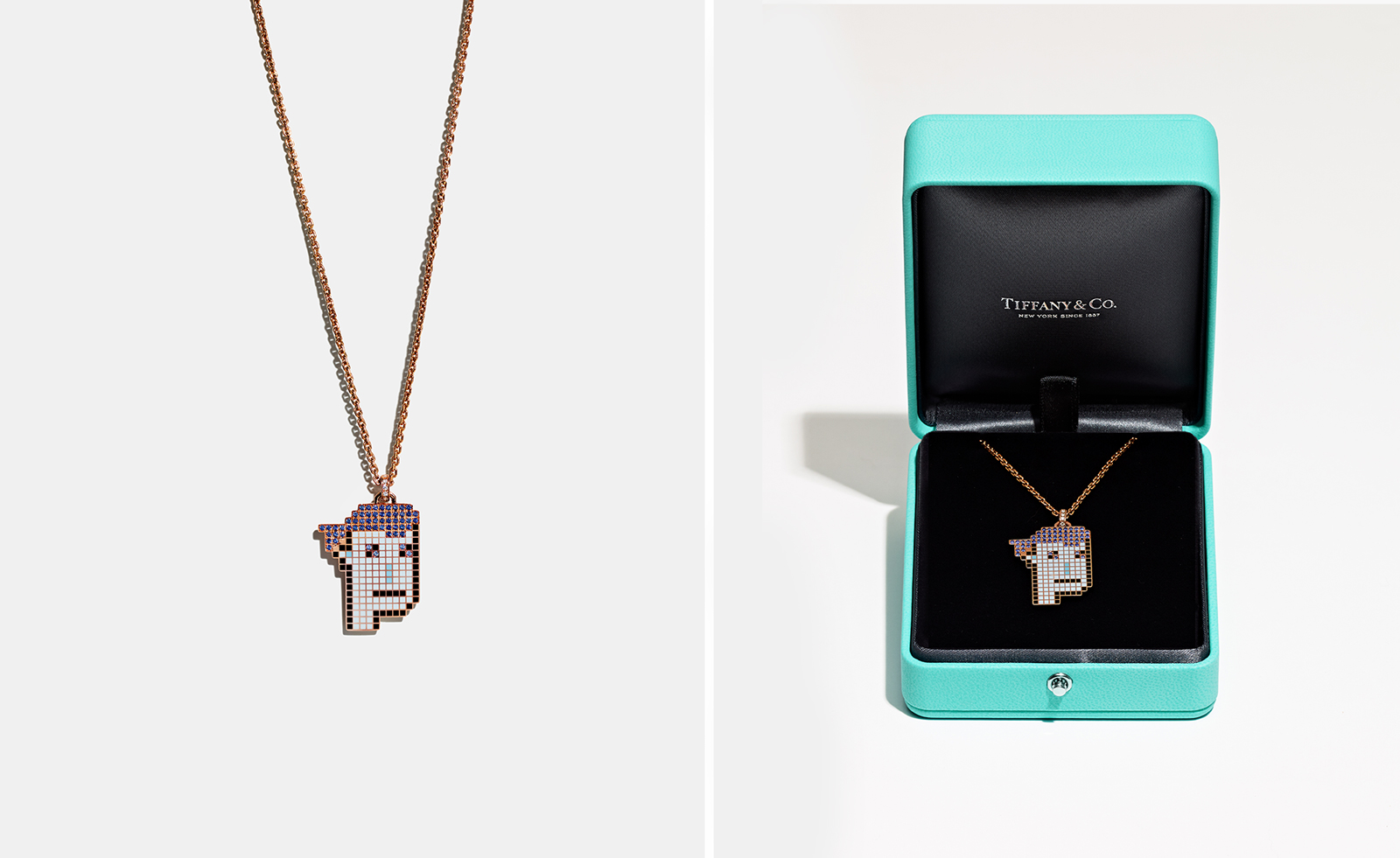 CryptoPunks come to life on Tiffany & Co pendants
CryptoPunks come to life on Tiffany & Co pendantsTiffany & Co has partnered with blockchain infrastructure company Chain to create custom pendants and NFTiffs
-
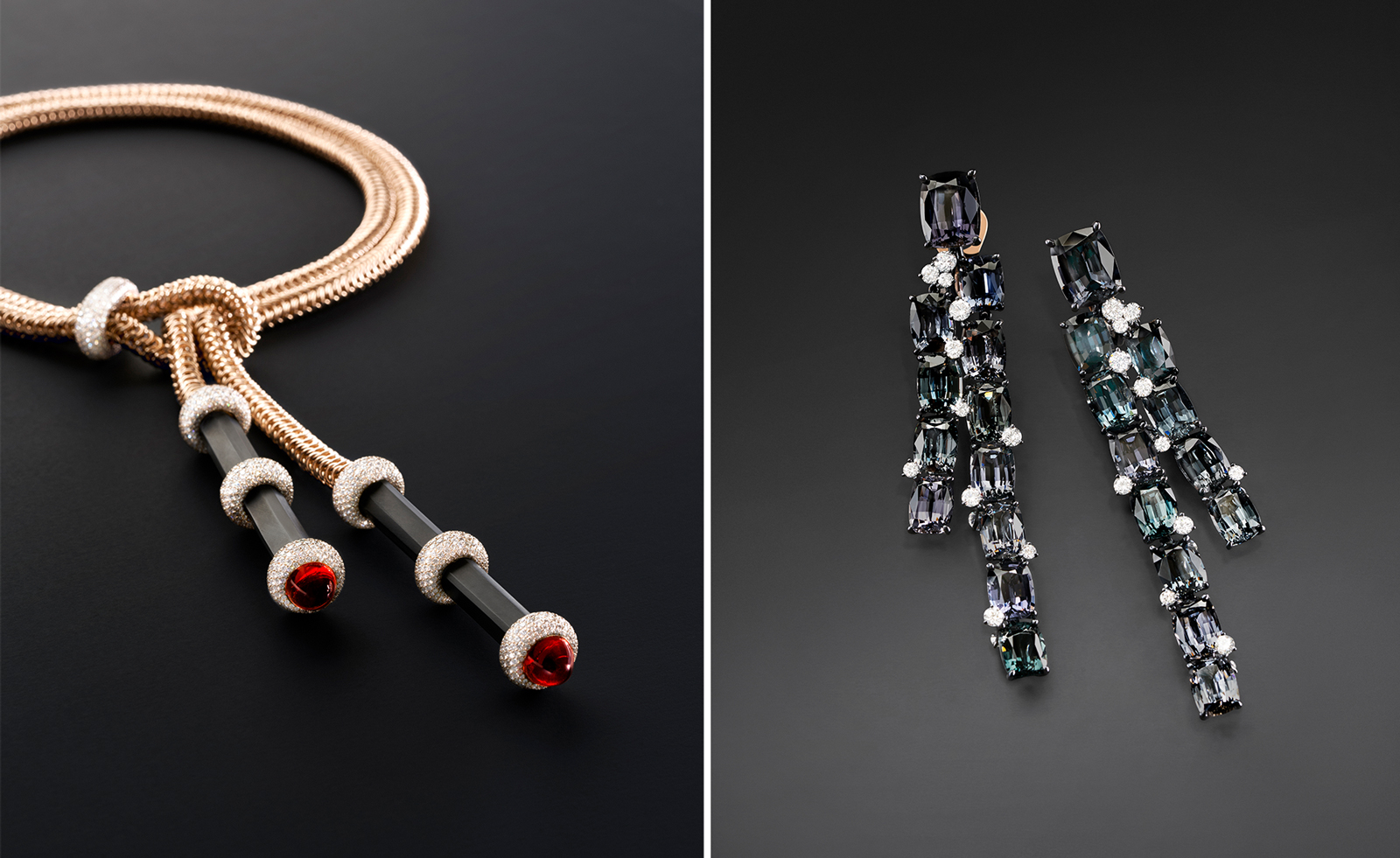 Order of the day: Pomellato’s high jewellery takes us from dawn to dusk
Order of the day: Pomellato’s high jewellery takes us from dawn to duskPomellato’s new high jewellery collection, La Gioia, tells the story of a day in precious stones
-
 Anklets welded onto the body make romantic and enduring jewellery tokens
Anklets welded onto the body make romantic and enduring jewellery tokensAtelier VM’s ‘L’Essenziale’ jewellery collection now includes slender gold anklets